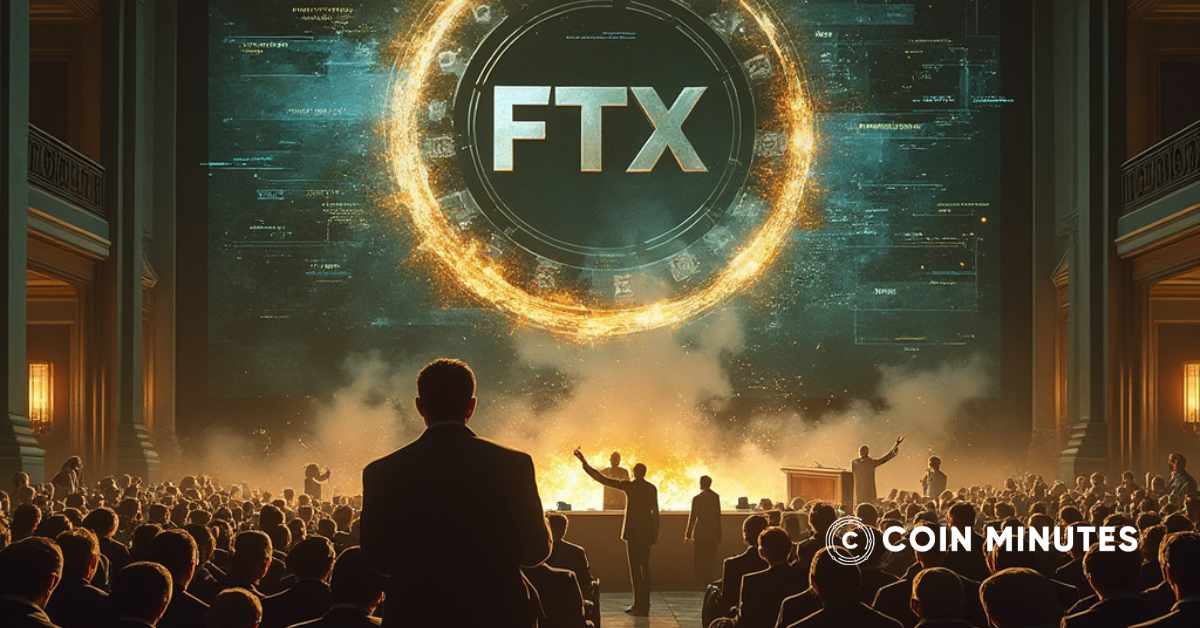On October 7, Judge John Dorsey of the U.S. Bankruptcy Court for the District of Delaware approved FTX’s asset compensation plan, marking a significant development in the aftermath of the exchange’s collapse.
According to the ruling, 98% of creditors and affected users will receive up to 118% of the assets they requested for repayment. The plan had previously garnered the approval of 94% of FTX creditors and customers, representing claims of $6.83 billion.
However, some parties have opposed the compensation plan. Sunil Kavuri, a representative of FTX creditors, has raised concerns regarding calculating users’ assets. FTX determined asset values based on the prices at the time of its bankruptcy in November 2022 and then converted them into cash for repayment. Kavuri argues that this approach disadvantages investors, as many cryptocurrencies have since significantly increased in value. The market value of assets FTX has recovered is also reportedly leading to confusion, with some believing the exchange has recovered more than it had originally lost.
In addition, U.S. law may impose taxes on creditors receiving cash compensation, potentially adding a financial burden on top of their losses. As for when repayment will begin, the court has yet to set a time frame.
Meanwhile, plans to restart the FTX exchange, dubbed “FTX 2.0,” remain uncertain. Despite efforts to find investors capable of relaunching the platform, no viable candidates have emerged. The team handling FTX’s bankruptcy maintains that the exchange’s technology is still robust enough to generate revenue, but the project has failed to gain traction.
Judge Dorsey also rejected motions from entities involved in FTX’s collapse, such as Celsius and LayerZero, and reaffirmed that FTX’s token, FTT, holds no value. Nevertheless, the price of FTT surged to $3.4 in recent days, marking its highest point since January 2024.
Related news: FTX Bankruptcy Trustee to Set Aside $230 Million for “Special” Shareholders








